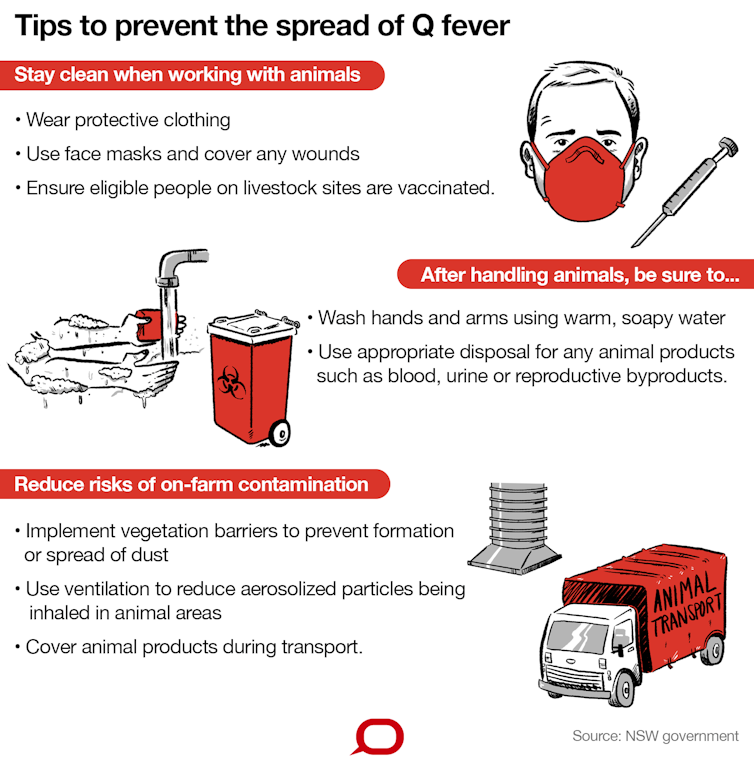Read the latest articles relevant to your clinical practice, including exclusive insights from Healthed surveys and polls.
By reading selected clinical articles, you earn CPD in the Educational Activities (EA) category whenever you click the “Claim CPD” button and follow the prompts.

- Edmond Chan, Pediatric Allergist; Head & Clinical Associate Professor, Division of Allergy & Immunology, Department of Pediatrics, Faculty of Medicine; Investigator, BC Children's Hospital Research Institute, University of British Columbia
This article is republished from The Conversation under a Creative Commons license. Read the original article.